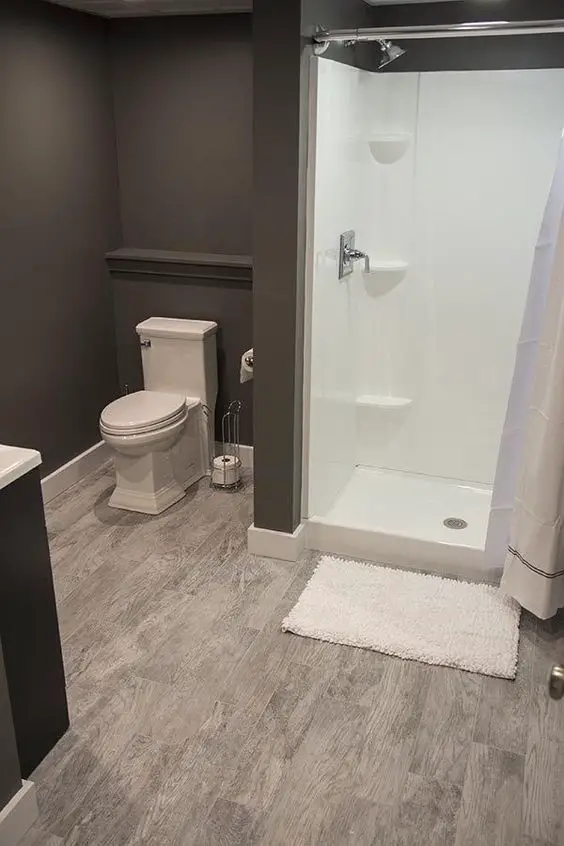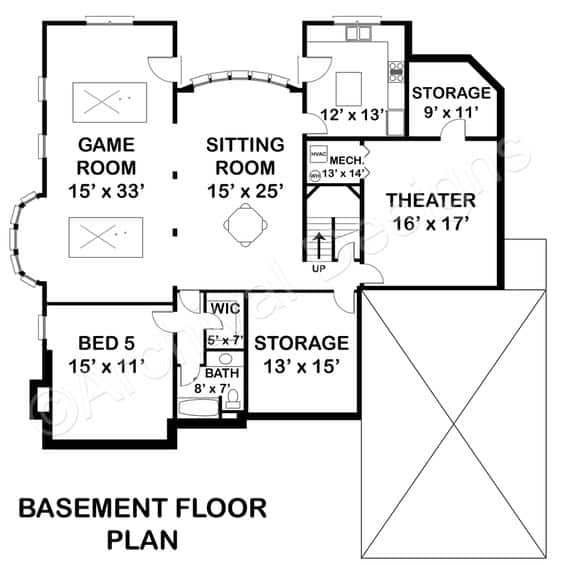How to Install a Bathroom in a Basement?
To install a bathroom in the basement, you need to plan the paper walls, sink, toilet, shower, and drain lines. The first step is always to locate the main drain. Next, you will need help with a paper project.

Basement bathroom floor plan creation
To create a basement bathroom floor plan, please see the video below:
Basement bathroom floor plan

Planning will help you communicate with your professors and ensure you stay on target and within budget. Use these details to help you organize your installation plans.
- Design: Designing a new bathroom is a critical step in the construction process. In addition to determining the scope of your project, bathroom design will affect your licensing, permits, and zoning. Building a new bathroom near existing utilities will reduce the workload and require fewer permits. If you can, place your basement bathroom under the existing toilet. This facilitates the expansion of utilities.
- Drainage: Drainage is essential for planning a bathroom in the basement. The overhead water supply relies on gravity to drain sewage and wastewater. This is known as the slope or fall of your drainage system. Some basement drains do not provide an adequate drop, making natural drainage a problem. If you have no experience installing plumbing, examine the pitch of your basement drains professionally. Installing shallow plumbing will result in major repairs. It is also essential to ensure that the lines of the septic tanks are deep enough.
- Flow: Have a pro study of your flow rate. Low flows will not evacuate waste and will lead to braking. In many cases, city lines require return water valves. Installation of a non-return valve may require permission. Ask a professional if a valve is needed with your system.
How to finish a basement bathroom with rough-in plumbing?
To install the bathroom in the basement, you need to do the following steps:
- Install wall panels: Use two-for-four to determine the perimeter of your bathroom and make your wall panels. Mark the position of the device on the wall panels. Your wall panels will be the basis for other measurements. Make sure your dimensions are correct before starting the next step.
- Find a shower drain: Mark the location of the shower and divide the total shower size by two to find your drain. For example, if you have a 48-square-foot shower, measure 24 inches on either side of the wall. This will be the location of your shower drain.
- Find a toilet: Most toilets must be one foot from the finished wall. When measuring for a toilet, include an extra half-inch for drywall. This is the location of the toilet flange.
- Dig a trench: uncover the existing drain pipe and dig a trench, connect it to the shower drain and the toilet flange. In many cases, this will require breaking the concrete. Be sure not to disturb the pipe during this process.
- Pro Tip: Cut older cast iron pipes using a diamond grinder wheel.
- Connect your PVC: If your drain and PVC are different sizes or materials, use a mechanical coupler to join both.
- Connect drains: Connect your drains using piping and fittings. In many cases, a two-inch pipe is best. Only make a dry assembly (without glue) until your measurement is perfect.
- Add Your Traps: Install traps at the end of each pipe. Burn the pipes one-eighth of an inch per foot to ensure proper drainage.
- Strengthen your traps: operate the tape on either side of the pipe and take the tape to your PVC. This will keep your pipes and traps stable during concreting.
- Inspection Schedule: Have a local inspector double-check the plumber to ensure your work is coded.
- Pour concrete: hire a concrete paver to pour concrete. Cover the toilet tubes with a foam lid and wrap the shower drain in plastic.
Please see the tips below in this video:
What kind of toilet do I need for a basement?
You need to install gravity toilets in a basement because they drop water from the tank to the bowl and trap, forcing the waste down using gravity. Additionally, you can try a macerating toilet system in combination with up-flush toilets.




